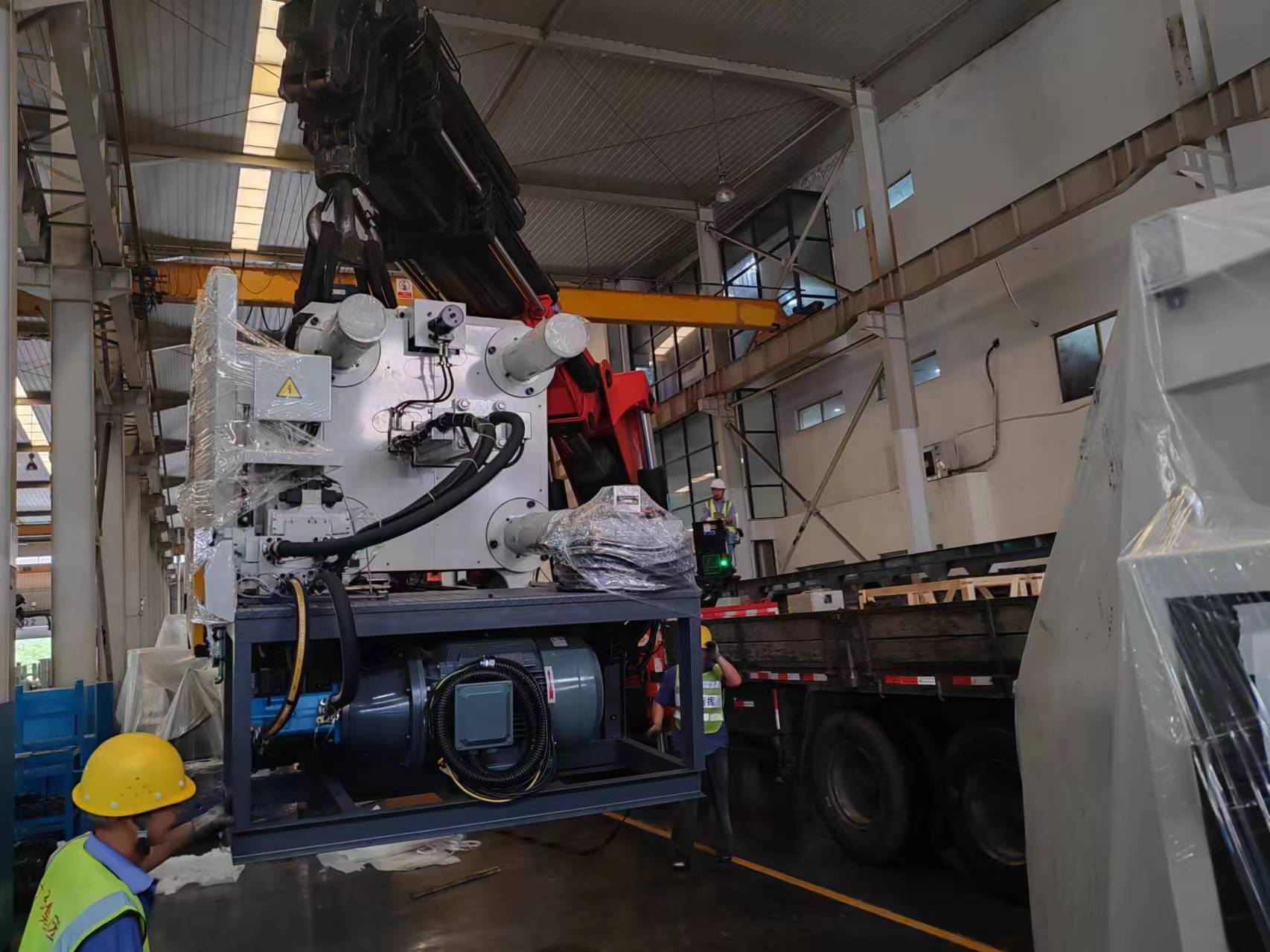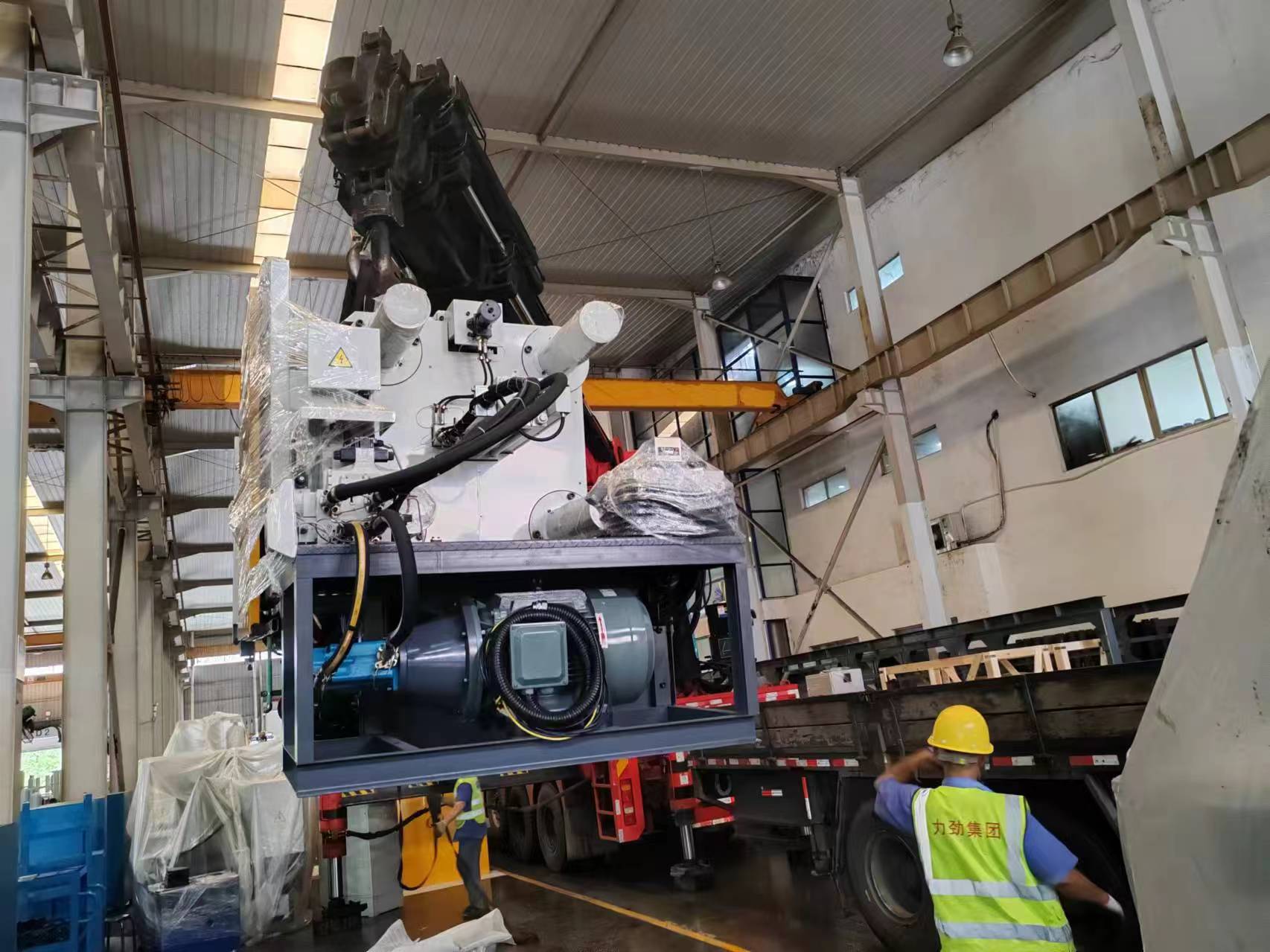Aluminium Die Casting Defects
LK Die Casting Machine / 2024-07-19 10:59:40
Aluminum die casting is an efficient method for producing high-precision aluminum alloy parts, but various defects may occur in the
actual production process.
These defects not only affect the quality and performance of the castings but also increase production costs.
This article will introduce the common defects in aluminum die casting and their solutions in detail, covering key content from
astm b85 standards to a380 alloy chemical composition, to help readers fully understand and cope with the challenges in the aluminium
casting process.

Classification of aluminum die casting defects
Aluminum die casting defects can be roughly divided into the following categories:
1. Surface defects
2. Internal defects
3. Shape and size defects
4. Mechanical property defects
Surface defects
Surface defects refer to various irregularities or uneven phenomena on the surface of castings, including pores, inclusions,
cracks, etc.
These defects affect the appearance and performance of castings.
Porosity: Porosity is a void formed during the cooling process of the casting due to the failure of gas in the aluminum liquid to
be completely discharged.
Porosity not only affects the surface finish of the casting, but also reduces its mechanical properties.

Solution:
Control the melting temperature to avoid overheating.
Add an appropriate amount of exhaust duct during the casting process to ensure that the gas can be discharged smoothly.
Use high-quality aluminum alloy materials to reduce the gas content.
Inclusions: Inclusions refer to non-metallic impurities mixed in the aluminum liquid, which form irregular spots or particles on
the surface of the casting.
Solution:
Use purification equipment and filters to remove impurities in the aluminum liquid.
Keep the casting equipment clean to prevent impurities from mixing into the aluminum liquid.
Standards and materials for aluminum die casting
1. ASTM B85 standard
astm b85 is an international standard for aluminum die casting alloys, which specifies the chemical composition, mechanical
properties and casting process requirements of aluminum alloys. Following the astm b85 standard can ensure the quality and
consistency of castings.
2. en ac 46000 Chemical composition
en ac 46000 chemical composition is a commonly used aluminum alloy material, and its chemical composition mainly includes aluminum, silicon, iron,
copper, manganese, magnesium, and other elements. The specific chemical composition is as follows:
Aluminum (Al): Balance
Silicon (Si): 8.5-11.5%
Iron (Fe): ≤1.3%
Copper (Cu): ≤3.0%
Manganese (Mn): ≤0.3%
Magnesium (Mg): ≤0.1%
This alloy has excellent casting and mechanical properties and is widely used in automobiles, electronics, machinery and
other fields.
3. Chemical composition of A380 alloy
A380 is another commonly used aluminum alloy with good casting and mechanical properties. Its chemical composition is as follows:
Aluminum (Al): Balance
Silicon (Si): 7.5-9.5%
Iron (Fe): ≤2.0%
Copper (Cu): 3.0-4.0%
Manganese (Mn): ≤0.5%
Magnesium (Mg): ≤0.1%
A380 aluminum mechanical properties are as below:
| Properties | Values |
| Tensile Strength (Ultimate) | 324 MPa |
| Impact Strength | 4 J |
| Yield Strength | 160 MPa |
| Elongation (in 50 mm) | 3.5% |
| Shear Strength | 190 MPa |
| Hardness | 80 Brinell |
Aluminium casting process
The aluminum die-casting process includes the following main steps:
1. Mold design and manufacturing: Design the mold according to the shape and size of the casting, and use high-strength steel to make
the mold.
2. Melting aluminum liquid: Heat the aluminum alloy material to a molten state and maintain the appropriate temperature and fluidity.
3. Injection into the mold: Inject the molten aluminum liquid into the mold under high pressure to ensure that the aluminum liquid can
completely fill every detail of the mold.
4. Cooling and solidification: The aluminum liquid cools and solidifies in the mold to form a casting of the desired shape.
Removing the casting: Open the mold, take out the molded casting, and carry out subsequent processing.
Die casting advantages and disadvantages
Advantages of die casting
1. Efficient production: The die casting process can achieve large-scale and high-speed production, which is suitable for mass production.
2. High precision: Die castings have excellent dimensional accuracy and surface finish, reducing the need for subsequent processing.
3. High material utilization: The die casting process can maximize the use of materials and reduce waste and production costs.
Disadvantages of die casting
1. High mold cost: The manufacturing cost of die casting molds is relatively high, which is suitable for mass production but not for small
batch manufacturing.
2. Material limitation: The die casting process is mainly suitable for low melting point metals, such as aluminum, zinc, magnesium, etc.,
and is not suitable for high melting point metals.
3. Defect control: Porosity, inclusions and other defects are prone to occur during the die casting process, and the process parameters need to
be strictly controlled.
Comparison between magnesium die casting and aluminum die casting
Magnesium die casting and aluminum die casting are two common metal casting processes, which differ in material properties, application fields
and process characteristics.
Advantages of magnesium die casting
1. Lightweight: Magnesium alloy has a low density and is lighter than aluminum alloy, which is suitable for application scenarios with high
weight reduction requirements.
2. Excellent mechanical properties: Magnesium alloy has good mechanical properties and impact resistance, and is suitable for parts with high
strength requirements.
3. Good processability: Magnesium alloy is easy to process and form, and can realize the manufacture of complex structures and precision parts.
Disadvantages of magnesium die casting
1. High cost: The high production cost of magnesium alloy limits its wide application.
2. Strong corrosion resistance: Magnesium alloy has poor corrosion resistance and needs surface treatment to improve its corrosion resistance.
Surface finish of electroplated aluminum and investment casting surface finish
Electroplated aluminum and investment casting are two common surface treatment processes that can improve the surface finish and corrosion
resistance of castings.
Electroplated aluminum
Electroplated aluminum is to electrochemically plate a layer of metal aluminum on the surface of aluminum castings to improve its corrosion
resistance and aesthetics.
The advantages of electroplated aluminum include:
1. Improve corrosion resistance: The electroplated layer can effectively protect aluminum castings and extend their service life.
2. Enhance surface finish: The electroplated layer can improve the surface finish of aluminum castings and improve their aesthetics.
Surface finish of investment casting
1. Investment casting is a precision casting process that can achieve high-precision and high-finish casting surfaces. The advantages of
investment casting includes:
2. High precision: Investment casting can achieve the manufacture of complex shapes and precision parts, reducing the need for subsequent processing.
3. Excellent surface finish: Investment casting can achieve a high-finish casting surface, improving its aesthetics and performance.
ZAMAK 3 Chemical Composition
ZAMAK 3 chemical composition is a commonly used zinc alloy material with excellent casting properties and mechanical properties. Its chemical composition is as follows:
Zinc (Zn): Balance
Aluminum (Al): 3.9-4.3%
Copper (Cu): 0.25%
Magnesium (Mg): 0.03-0.06%
ZAMAK 3 and zamak 7 alloy is widely used in the manufacture of small precision parts, such as hardware, electronic product housings, etc.
Aluminum Casting Process
Aluminum casting processes include a variety of methods, such as sand casting, metal mold casting, die casting, investment casting, etc.
Different casting processes are suitable for different application scenarios and casting requirements.
Sand Casting
Sand casting is a traditional casting process that uses sand molds to form aluminum castings, suitable for large sizes and complex shapes.
For more info, you can refer to: https://www.youtube.com/shorts/JLX410QV_kw
Contact LK Egypt to learn more info about the die-casting machine
LKAGENT OFFICE DCM
Address: Industry Zone, South of Port Said Kebly, Egypt
https://www.zazdiecasting.com/
Phone/WhatsApp/Wechat: +86 13598704163
Mobile: +20 101 304 3317 +20 150 181 8310
Email: jack@zazmae.com ahmedmahmoud@zazmae.com
#die cast tooling
#trivalent chromate
#rapid prototype casting
#a360 aluminum
#aluminum caster
#aluminum prototype
#ideal 55 slider parts
#density of aluminum kg/mm3
#magnesium sheet metal
#parts of a metal gate
#subcontracting of screw machining for the luxury sector
#wall aluminum
#die casting tooling
#tooling for die casting
#density of aluminium in kg mm3
#clear chromate
#es casting metals
#gating material
#prototype aluminum
#sigma castings
#subcontracting of screw-machining for household appliances
#we squeeze to please machine
#aluminium gravity die casting
#aluminum part
#aluminum rapid prototyping
#nickel casting
#plunger tip for die casting machine
#rapid prototyping aluminium
OTHER CONTENT
-

2024-09-19 14:16:15 LK Cold Chamber Die Casting Machine DCC900 Locking Force: 9000KN Die Height: 400-1000mm Space Between Tie Bars: 930x930mm Shot Weight: 13.5Kg Casting Area Max:2250c㎡
More -

2024-09-19 14:11:06 LK Cold Chamber Die Casting Machine DCC280 Locking Force: 2800KN Die Height: 250-650mm Space Between Tie Bars: 560x560mm Shot Weight: 2.9Kg Casting Area Max:700c㎡
More -

2024-09-19 10:23:07 LK Cold Chamber Die Casting Machine DCC580 Locking Force: 5000KN Die Heigh: 350-850mm Space Between Tie Bars: 760x760mm Shot Weight: 6.9Kg Casting Area Max:1250c㎡
More -

2024-09-19 10:11:20 LK Cold Chamber Die Casting Machine DCC400 Locking Force: 4000KN Die Height: 300-700mm Space Between Tie Bars: 669x669mm Shot Weight: 4.7Kg Casting Area Max:1000c㎡
More

